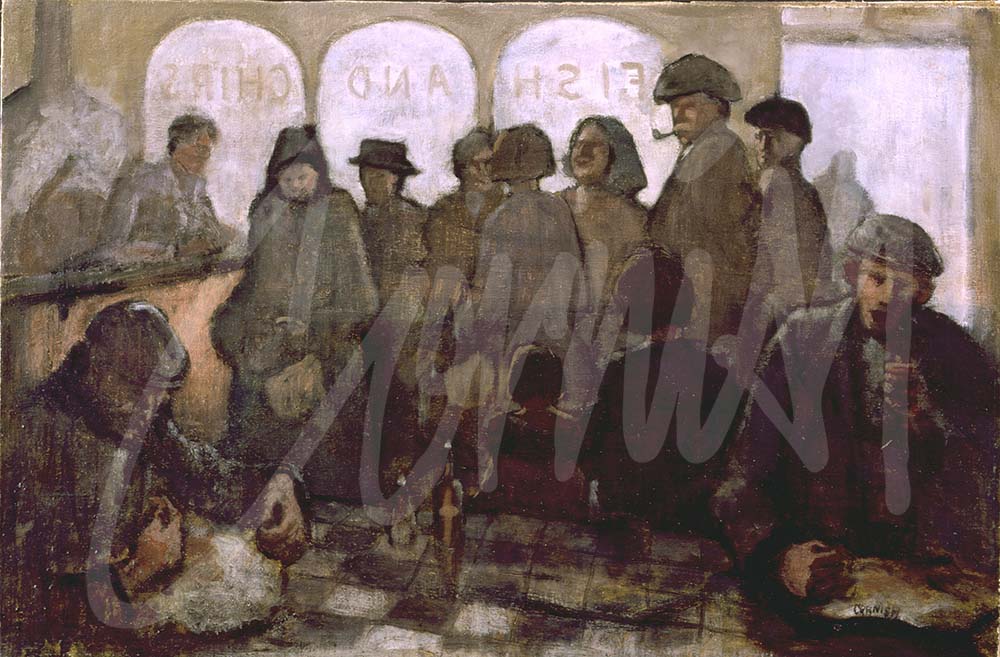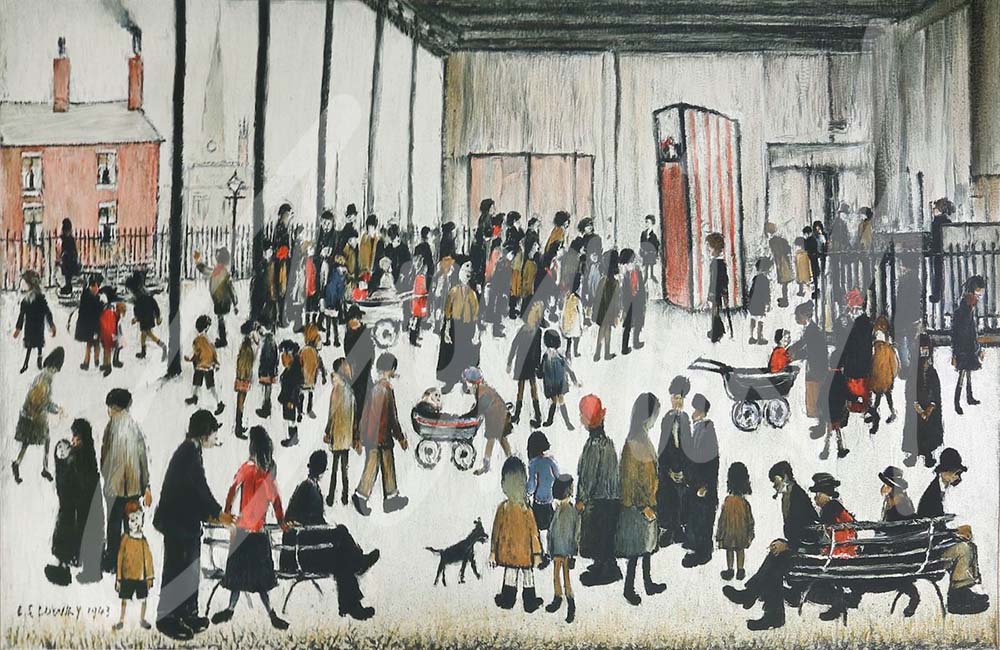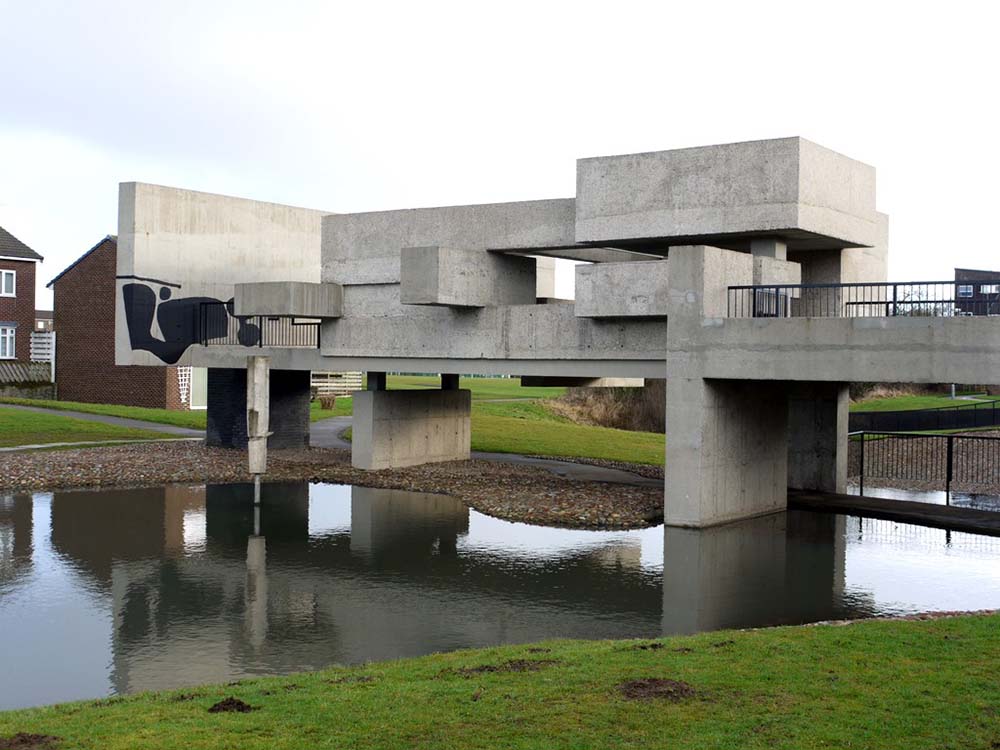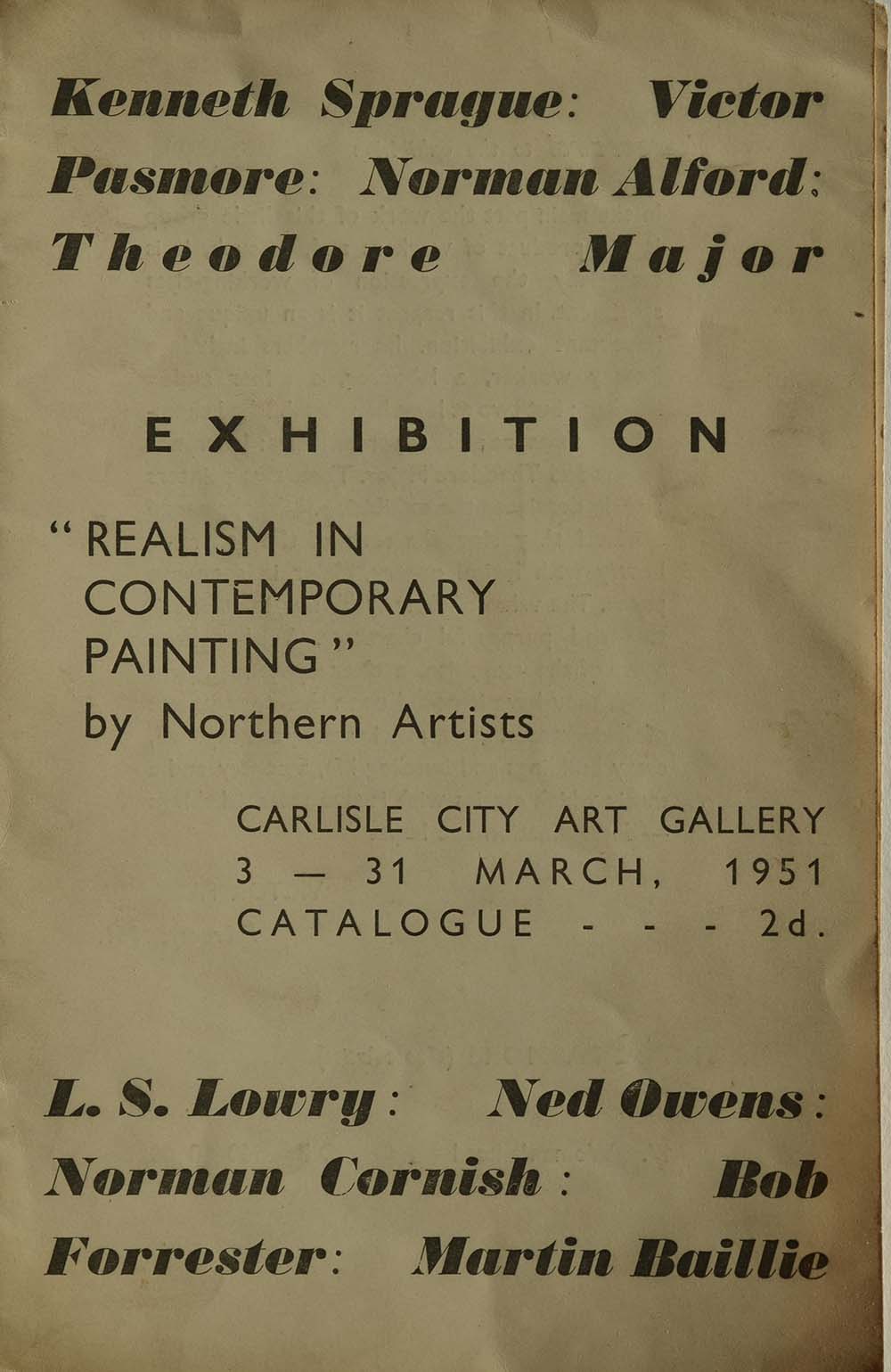
Latest News

Social Realism
In 1945 at the age of 26 Cornish made an important aspirational statement published in the newsletter of a national organisation.
‘Art, this study that gives us so much pleasure, is worthy of study and personally I consider it worthy of the study of my whole lifetime.’
Despite having to continue working underground as a miner he began to make progress not only along the path to public exposure of his work, but also with a growing reputation through his sheer determination and resilience. These steps took him beyond the ‘Sketching Club’ exhibitions along a trajectory as a participant in exhibitions of huge significance in his development as an emerging artist of extraordinary ability. His first solo exhibition in 1946 at the Green Room, the People’s Theatre, Newcastle, was followed in London with ‘Art by the Miner’1947, including a first BBC TV appearance. In 1950 ‘The Coal Miners’ exhibition at the Artists International Association Gallery in Leicester Square continued the upward spiral of engagement and wider recognition.
More exhibitions were to follow and one of particular prominence in the north of England was planned in 1951 at Tullie House, Carlisle: ‘Realism in Contemporary Painting,’ by Northern Artists. The exhibition was organised by Cumbrian artist Norman Alford, supported by Bob Forrester. Together they went to extraordinary lengths to highlight music and art in Cumbria with which the ‘ordinary man’ could engage. The underlying principle in the selection of artists and their work was that they should portray everyday life from their own specific locality: Social Realism. The other invited artists included; LS Lowry ‘The Punch and Judy Show,’ and Norman Cornish ‘The Fish Shop,’ along with works by Ned Owens and Theodore Major.
Victor Pasmore, Head of Art at Newcastle University was a guest artist who wrote the catalogue introduction despite his modernist style which later proved controversial with his Apollo Pavillion structure in Peterlee in County Durham. During this post-war era other artists and art schools were creating a tension as they steered students towards ‘fashionable tricks’ and experimentation. One of Cornish’s contemporaries in the late 50s and early 60s disclosed that he had been ostracized at Leeds College of Art by tutors who were keen for him to embrace the modern art movement despite his love of a traditional approach to landscape and portraiture.
The ‘Social Realism’ exhibition marked the beginning of a period of 16 years where Cornish and Lowry exhibited together, continuing in 1952, with ‘The Mirror and The Square,’ New Barrington Galleries, London, and thereafter at The Stone Gallery in Newcastle where they shared the same agent. Cornish also returned on several occasions to The Borders Arts Society in Carlisle during the mid- 60s to address the members about his work. The paintings of the original artists who exhibited in ‘Realism in Contemporary Painting’ have also stood the test of time and may be viewed via a simple search of the internet.





